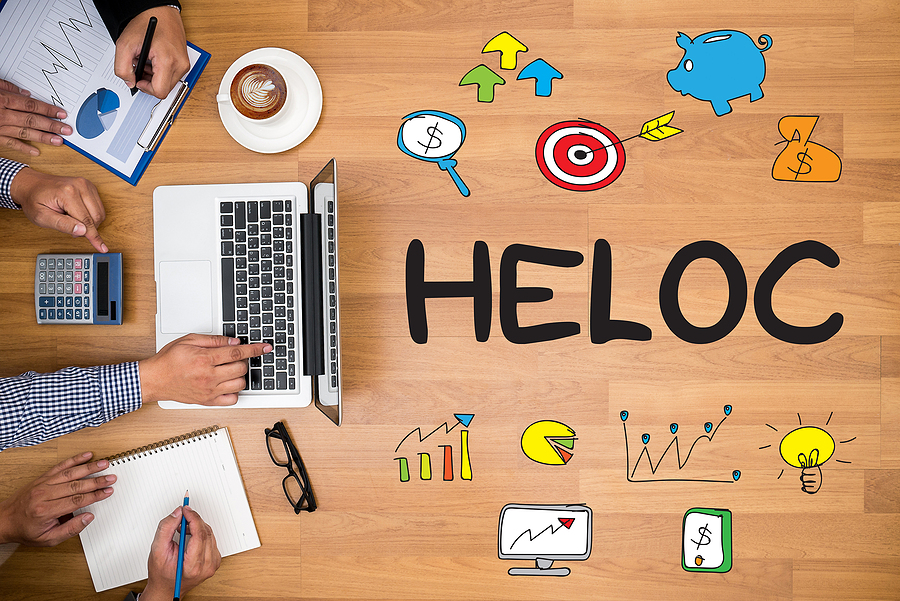When life’s unexpected expenses knock at your door or you’re seeking funds for a major endeavor, you’re often faced with financial choices that can significantly impact your future. Two popular options are personal loans and Home Equity Lines of Credit (HELOCs). Both can be useful tools, but they have distinct features and benefits that cater to different financial needs. In this article, we’ll explore the various differences between a personal loan and a HELOC to help you make an informed decision.
Personal Loans: The Swift Solution
Personal loans are often likened to a helping hand when you need quick access to cash. They are unsecured loans, meaning you don’t need to put up collateral such as your home or car to secure the loan. Here’s a breakdown of their key features:
- Fixed Loan Amount: When you take out a personal loan, you receive a lump sum that you repay in fixed monthly installments over a predetermined period. This fixed amount can be handy for budgeting purposes, as your payments remain consistent throughout the loan term.
- No Collateral Needed: As mentioned, personal loans are unsecured, making them less risky in terms of losing assets. However, this can result in higher interest rates compared to loans with collateral.
- Interest Rates: Personal loan interest rates can vary based on your credit score and the lender’s terms. Generally, those with higher credit scores are offered lower interest rates, which can greatly affect the overall cost of the loan.
- Flexible Usage: Personal loans are versatile and can be used for a wide range of purposes, from consolidating debt to covering medical bills or home repairs.
Quick Disbursement: One of the major advantages of personal loans is their speed. Once approved, funds are usually disbursed swiftly, making them an excellent choice for urgent financial needs.
HELOCs: Tapping into Home Equity
A Home Equity Line of Credit (HELOC) functions differently from a personal loan. It’s a revolving line of credit secured by your home’s equity – the value of your home minus the remaining mortgage. Here’s what you need to know about HELOCs:
- Variable Credit Line: Unlike personal loans, HELOCs provide access to a revolving credit line, similar to a credit card. You can borrow up to a certain limit during a “draw period,” typically 5 to 10 years. As you repay the borrowed amount, the credit becomes available again.
- Secured by Collateral: Since HELOCs are secured by your home, they typically offer lower interest rates compared to unsecured personal loans. However, this also means that your home is on the line; if you fail to make payments, your property could be at risk of foreclosure.
- Fluctuating Interest Rates: HELOCs often have variable interest rates that are tied to an index, like the prime rate. This means that your monthly payments can change over time, which can make budgeting more challenging compared to personal loans with fixed rates.
- Longer Timeline: The draw period is followed by a repayment period, during which you can no longer borrow and must repay the principal along with interest. This period usually spans 10 to 20 years, making HELOCs a longer-term financial commitment.
- Home-Related Expenses: HELOCs are commonly used for home improvement projects, renovations, or other home-related expenses. The interest you pay on the HELOC may also be tax-deductible if the funds are used for qualified home improvements (consult a tax advisor for details).
In Closing
The choice between a personal loan and a HELOC depends on your individual financial circumstances and goals. If you need funds quickly for a specific purpose and don’t want to risk your property, a personal loan might be the right choice. On the other hand, if you’re planning a series of home improvements or need a safety net for ongoing expenses, a HELOC could provide the flexibility and lower interest rates you’re looking for. As you make your decision, be sure to carefully consider the interest rates, terms, and your ability to repay, keeping in mind the potential impact on your financial stability both now and in the future.
Remember, financial choices have a long-lasting impact, so it’s always wise to consult with a financial advisor or credit professional before making a decision. Their expertise can help you navigate the complexities of loans and credit options and guide you towards a choice that aligns with your unique financial goals.
